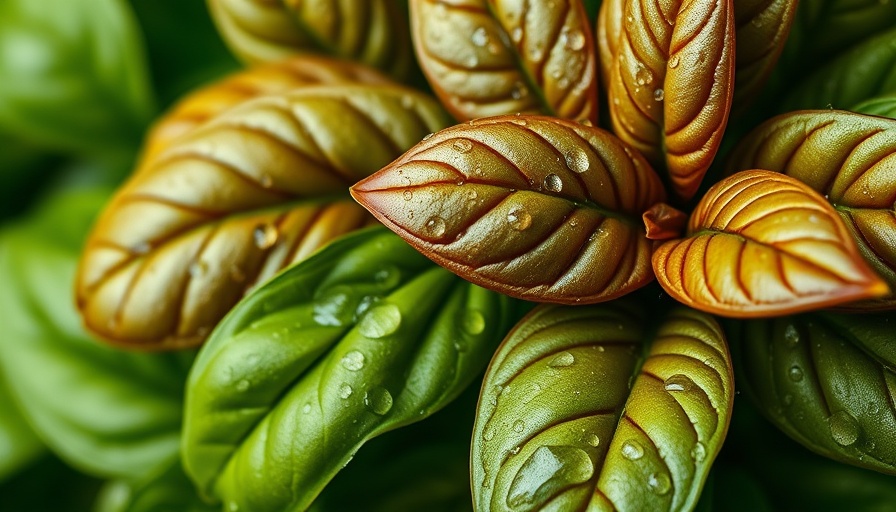
Understanding the Water Needs of Basil Plants
Basil (Ocimum basilicum) is renowned for its vibrant flavor and aromatic leaves, making it a popular choice for both seasoned chefs and home cooks alike. However, to cultivate healthy and robust basil plants, understanding their watering requirements is crucial. Basil is sensitive to both overwatering and underwatering, which can lead to various plant health issues, including disease and stunted growth. The key to fantastic basil is finding the perfect balance in moisture, and this article will guide you through the essential steps of watering basil effectively.
Why Proper Watering is Essential
The moisture level in the soil impacts not only the growth of basil but also the flavor profile of its leaves. Basil plants thrive in moist soil, which promotes vigorous growth and large, aromatic leaves. When plants experience mild water stress, essential oils in the leaves intensify, enhancing that critical flavor that many crave in their culinary dishes. However, too much stress can lead to problems such as wilting or bolting. Therefore, aiming for a middle ground — slight moisture stress while ensuring the plant grows bushy and full — is ideal for producing high-quality basil.
How Often to Water Your Basil
While general guidelines suggest basil needs roughly 1 to 2 inches of water per week, the exact amount varies depending on a variety of factors such as temperature, humidity, and plant size. For instance, basil in pots may require watering every 1 to 3 days during the hotter summer months to prevent soil from drying out too quickly. In contrast, basil planted in garden beds typically requires less frequent watering, about every 3 to 7 days, depending on weather conditions and soil type.
Watering Techniques That Make a Difference
Effective watering techniques are just as important as knowing how often to do it. Here are some practical tips for keeping your basil well-hydrated:
- Watering Schedule: Aim to water in the morning when temperatures are cooler. This approach allows the plant to absorb moisture before the heat of the day, thereby minimizing evaporation and leaf diseases.
- Direct to Soil: Always direct water to the base of the plant rather than overhead. This method reduces the risk of fungal diseases, such as powdery mildew, which basil is particularly prone to.
- Monitor Soil Moisture: Use your finger to check soil moisture. If the top 1-2 inches feel dry, it’s time to water. A moisture meter can also offer a more accurate reading!
Adjusting Watering for Different Scenarios
It’s vital to adapt your watering technique based on the environment:
- Potted Basil: Plants in pots dry out faster than those in garden beds, so check soil moisture more frequently. Outdoor basil in pots may need water every 1 to 3 days, while indoor basil typically requires watering every 4 to 5 days.
- Garden Basil: In the garden, established plants can often manage with watering every 3 to 4 days, unless a heatwave demands more frequent irrigation.
- Seedlings: Basil seedlings, which are young and more vulnerable, should be kept in consistently moist soil, ideally through bottom watering to prevent uprooting.
Recognizing Signs of Overwatering and Underwatering
Knowing how to identify problems with your basil can help you tackle issues before they lead to bigger challenges. Signs of overwatering include yellowing leaves, mushy stems, and root rot, while underwatering typically results in droopy, crispy leaves. Adjusting your watering habits based on these observations can restore your basil's health efficiently.
Final Thoughts on Watering Basil
Growing healthy basil requires dedication and attention to its specific water needs. By fine-tuning your watering schedule and techniques, you can enjoy a thriving indoor or garden basil that enhances your culinary creations. Remember, check soil moisture regularly and adjust as the seasons change to ensure your basil thrives no matter the conditions.
As you embark on your basil-growing journey, tap into your local gardening community or online resources for additional tips and advice. With proper care, you’ll be rewarded with a bounty of flavorful, aromatic leaves.
 Add Row
Add Row  Add
Add 




Write A Comment